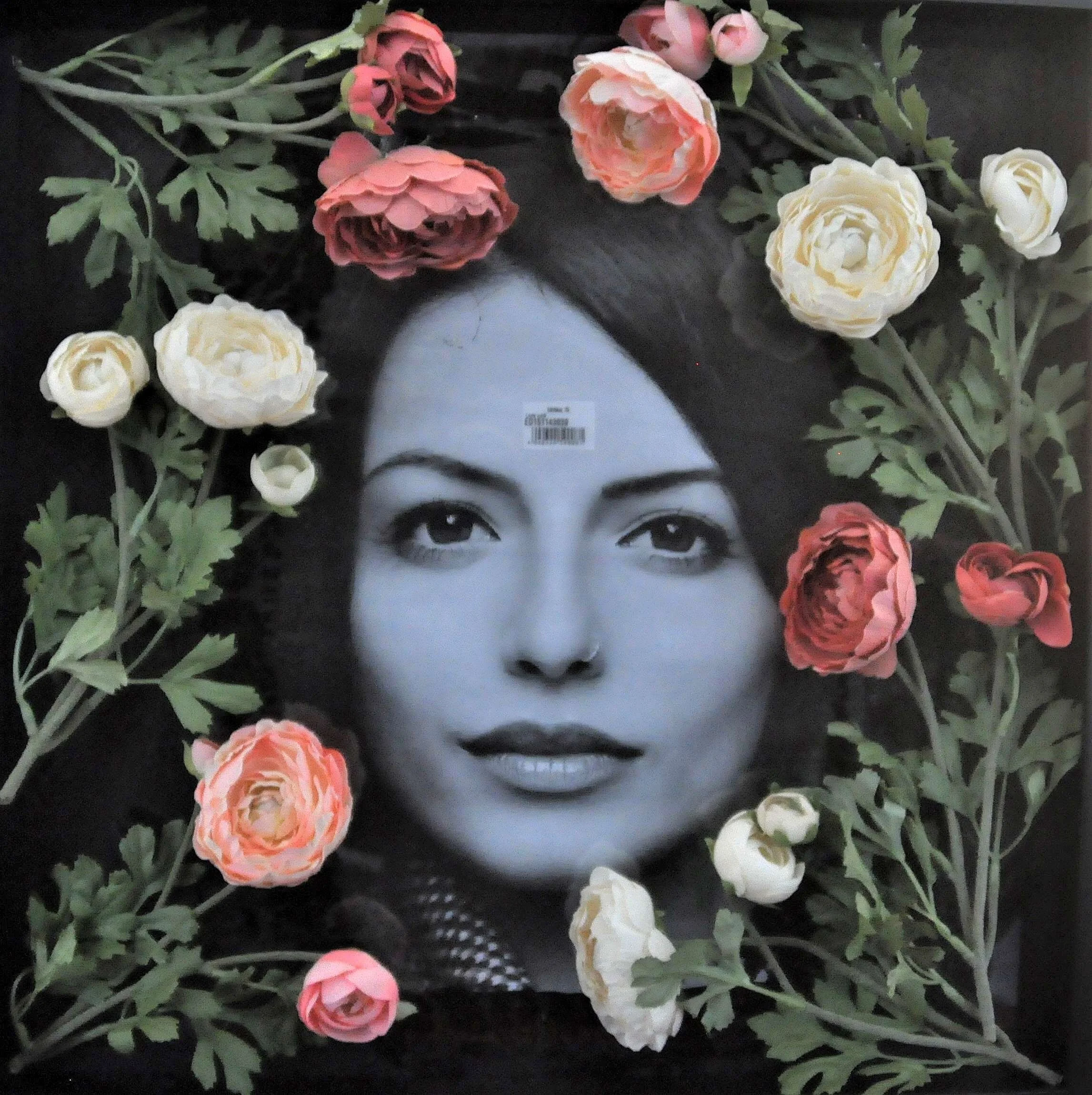Lucia Brauburger
Biography
Lucia Brauburger, born in 1965, loves versatility. She writes books, is a lecturer, owns her own business - and is an artist. Facts and figures play a major role in many parts of her life. As an artist, she stands for the conviction that ambiguities and complexity determine our lives beyond rational categories. With her art, Lucia wants to make this complexity visible. This becomes clear through the diverse techniques she uses. Her acrylics for instance always consist of several layers that have grown in an organic process, making it clear that a multi-dimensional life of its own is hidden behind every surface. In her series „Female Perspective“Lucia combines painting with photography and also incorporates sculptural elements. She plays with reality. Her aim is to exaggerate, to make an ironic statement that is meant to open the eyes to stereotypes and viewing habits. You could also say: She wants to sharpen the eye for things that only become visible when you look closely. Lucia has already found a national and international audience with her works. She regularly exhibits at home and abroad. In 2020, she received the Woman Art Award (Musa International Art Space in cooperation with UNESCO, Bologna).
Artist Statement
“My abstract paintings radiate something timeless, sometimes even archaic. The formal language I draw on contains elements that are familiar from prehistoric illustrations and which have something deeply grounded about them. In times that are more than ever characterized by change, I feel a deep longing for reduction and anchoring.
Another focus of my work is my series “Female Perspective”. These works show another side of me. I play with prototypical depictions of women, convey the arbitrary reproduction and reduction that lies behind these portrayals. In fact, this exaggeration is part of the reality that women are confronted with every day. They are reduced to rudimentary formulas, making them interchangeable. This interchangeability is also conveyed in the way I make and use the paper templates. They are like modules that can be attached to the canvas and moved about at will. It’s all a game – a game that is not meant to reflect the perspective of the women concerned, but rather a reflective, distant gaze.“What first prompted you to think of becoming an artist?
I have loved to paint since I was a child. In the course of time, I also developed a great passion for the history of art. It has fascinated me to always look at individual historical eras in terms of how people have been artistically active. Art is never only an expression of a subjective perspective, but also a reflection of the time and the circumstances in which it was created. In this sense, I have always seen artists as important protagonists of their time - a role with which I can well identify.
What kind of an artist do you ultimately see yourself?
For me, my painting is a gift that enables me to live out my intuitive side. In this way, it provides the counterpart to my rational side, which is also part of my personality and which I try to express, for example, in the books I write. My art is my refuge. I do not live from it. That is very important to me. I don't want my art to be subject to mercantile coercion.
What are you hoping to communicate to the viewer through your work?
It has become apparent that I pursue two directions with my work. There are the abstract paintings - all acrylic on canvas - which mainly reflect moods and associations. In addition, I work with the technique of collage, with which I aim at the representation of certain themes, such as the representation of women, which is often very stereotypical. In my collages, I take up these stereotypes and try to give them a new perception by exaggerating them.
Can you explain the process of creating your work?
The exciting thing about my time in the studio is the total unpredictability into which I put myself. I never know what will happen. But that's exactly what I appreciate about my artistic work and what I think is also at the core of the creative process.
What is your favourite part of the creative process?
Every work is a challenge. The materials do to you what they want. There are countless moments when I want to stop because I have the feeling that what is emerging on the canvas is just bad. But that's when it's important not to stop, but to try again and again. That's why I love working with acrylics. I love the speed at which I can act and also the richness of variation that is given by the quality of the paint.
Can you give us an insight into current projects and inspiration, or what we can look forward to from you in the near future?
I want to use this summer to work a lot in nature and process the impressions there directly. I am very much looking forward to that.
Website www.artandbuilding.de
Instagram https://www.instagram.com/luciabrauburgerpaintings/
"Memories of the 1950s" / Acrylic on canvas combined with paper, 100 x 160 cm
"Lost head". Collage (acrylic on canvas/ paper), 60x60 cm
"Sometimes it is hard to be a woman" / Digital Art, Print / 30 x 30 cm
"Pas de deux" / Acrylic on canvas / 60x60cm
"To good to be true" / Collage / 50 x 50 cm
"Not without my handbag. Living in the time of Corona" / Collage / 30 x 30 cm









